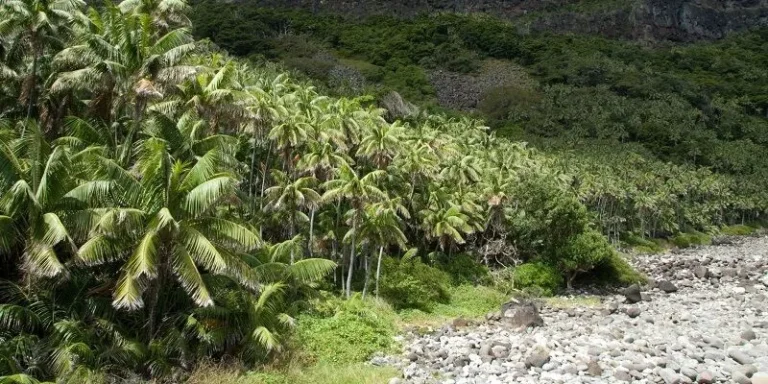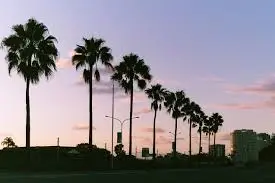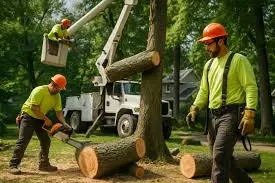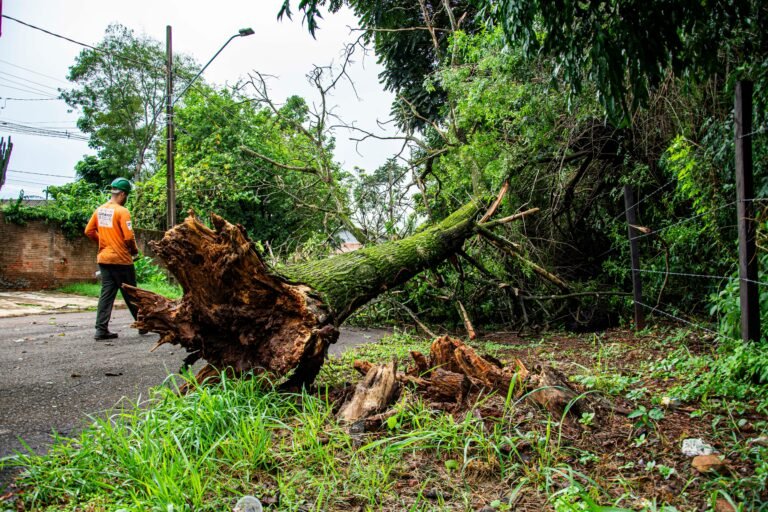How Long Does It take a Bonsai Tree to Grow
Figuring out How Long Does It take a Bonsai Tree to Grow? Wanna know about different bonsai tree growth timeline? I have everything you need.
Bonsai tree growth does simply look like gardening but it’s more than that. It needs you to be patient, persistent and dedication. Whoever you are, a bonsai enthusiast or who just want to grow a bonsai tree in home or commercial space, you would really like to know how long it takes to grow a bonsai and what could be the best maintenance for it.
I will break down the bonsai tree growth timeline and give you essential tips for bonsai tree growth.
Read also: How to Tell If a Tree Is Dead or Just Dormant
What Is a Bonsai Tree?
Bonsai trees are actually like art form that exists in the world for over centuries and reportedly originated in China and then improved in Japan. Bonsai trees are found in almost all countries, including USA, UK, Canada, China, Japan, India, Pakistan, France, Sweden, Australia, Switzerland, and others as well. Bonsai, literally means “planted in a container”.
Bonsai Trees are miniature versions mature trees, which are nurtured using methods such as pruning, wiring, shallow potting and root trimming in order to preserve their stature and attractive shape.
How Long Does It Take to Grow a Bonsai Tree?
The growth of a bonsai tree doesn’t happen overnight. In fact, it can take 5 to 10 years just to create a tree that looks like a true bonsai. If you’re starting from seed, expect the first few years to be about development rather than aesthetics.
Here’s a basic bonsai timeline:
- Years 0–3: Seedling cultivation. Many seeds may not germinate, so it’s wise to plant several.
- Years 3–5: Structural shaping and initial pruning begin. Pre-bonsai saplings can also be purchased to skip this phase.
- Years 5–10: Intensive training through wiring, pruning, and root reduction.
- Years 10+: Maintenance and refinement. Your bonsai begins to mature and take on artistic characteristics.
Some bonsai trees live for 50 to 100 years, and with proper care, even over a thousand years—like the ancient ficus in the Crespi Bonsai Museum in Italy.
Bonsai Tree Lifespan by Species
Each bonsai species has its unique growth rate, environmental needs, and aesthetic qualities. Here’s a comparative guide to some of the most popular bonsai trees, backed by botanical references and horticultural statistics.
Read also: What Happens if You Do Unauthorized Tree Removal?
1. Ficus Bonsai (Ficus retusa / Ficus microcarpa)
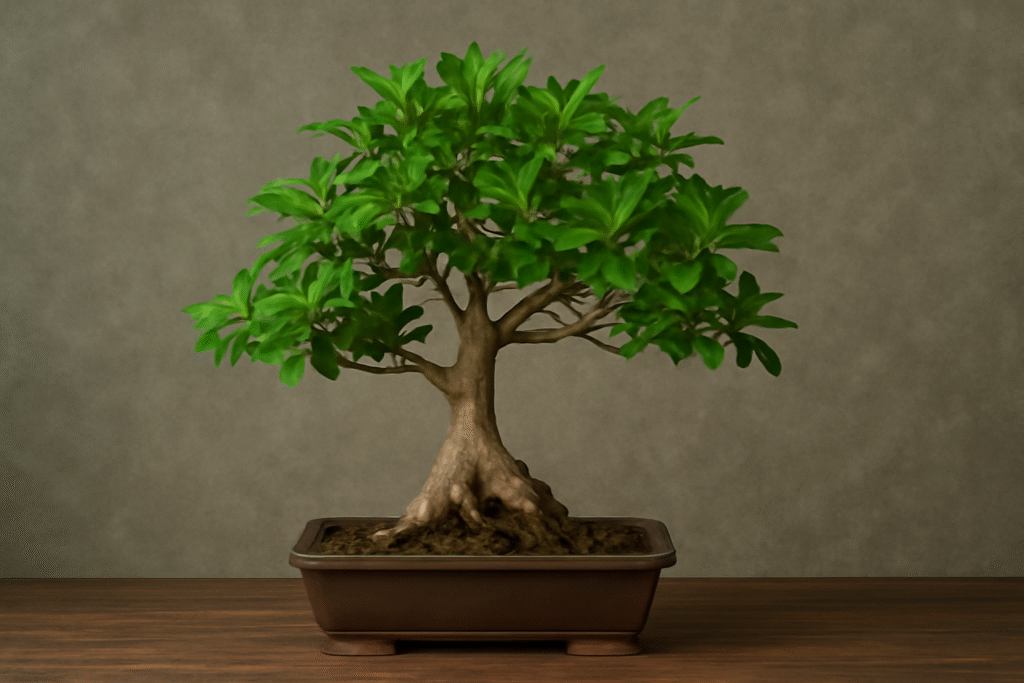
- Best for: Indoor environments and tropical climates
- Scientific Name: Ficus retusa (often confused with Ficus microcarpa)
- Growth Rate: 1–2 feet/year indoors; up to 3–6 feet/year outdoors in tropical climates
- Time to Maturity: Approximately 5–10 years
- USDA Hardiness Zones: 10–11
- Why Choose It:
Ficus species are among the most popular indoor bonsai trees due to their resilience, aerial roots, and glossy leaves. They adapt well to low humidity and light conditions. Research by the University of Florida (UF/IFAS) highlights Ficus retusa as one of the most adaptable bonsai for beginners.
2. Juniper Bonsai (Juniperus procumbens ‘Nana’)
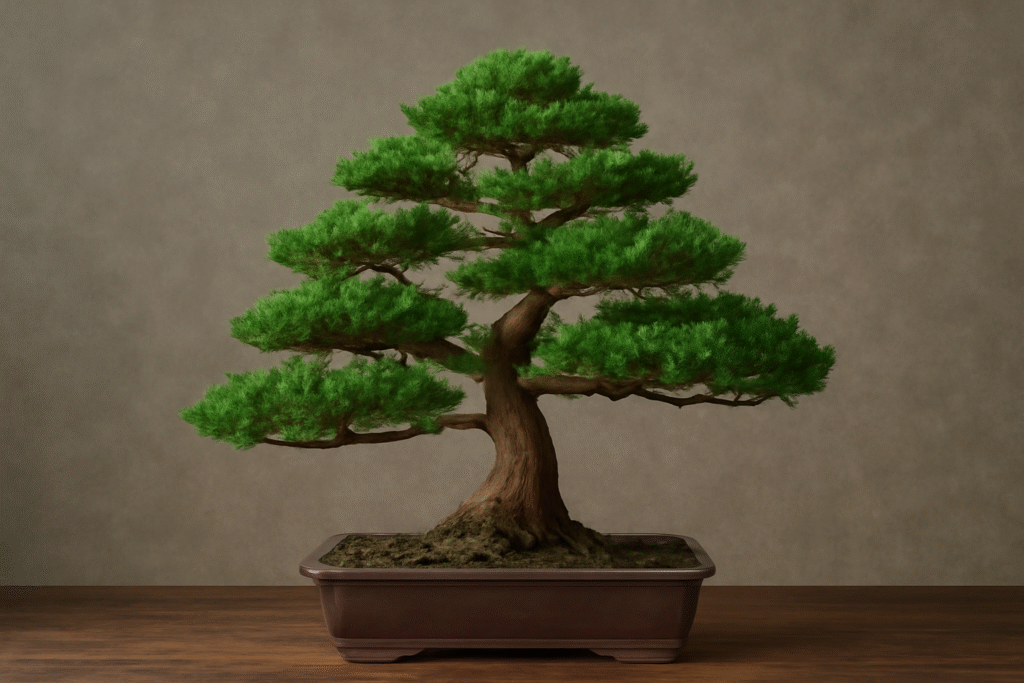
- Best for: Outdoor bonsai; requires full sun and good air circulation
- Scientific Name: Juniperus procumbens
- Growth Rate: 6–12 inches/year under optimal conditions
- Time to Maturity: 10–15 years for mature bonsai shape
- USDA Hardiness Zones: 4–9
- Why Choose It:
With fine needle foliage and rugged bark, junipers are ideal for traditional bonsai aesthetics. According to the American Bonsai Society, this species is highly tolerant of pruning and wiring, making it perfect for shaping and styling.
3. Chinese Elm Bonsai (Ulmus parvifolia)
- Best for: Indoor or outdoor (with winter protection)
- Scientific Name: Ulmus parvifolia
- Growth Rate: 12–48 inches/year depending on age and climate
- Time to Maturity: 5–8 years
- USDA Hardiness Zones: 5–9
- Why Choose It:
Chinese elm is one of the most beginner-friendly species. It has small serrated leaves, excellent ramification, and high tolerance to varying soil and water conditions. In horticultural studies, it’s noted for its resistance to Dutch elm disease and urban pollutants.
4. Jade Bonsai (Crassula ovata)
- Best for: Indoor use in warm, dry climates
- Scientific Name: Crassula ovata
- Growth Rate: Slow; ~2–4 inches/year
- Time to Maturity: 15–20 years
- USDA Hardiness Zones: 10–11
- Why Choose It:
Also known as the money plant or lucky plant, jade is a succulent with thick, glossy leaves and a swollen trunk. It’s drought-tolerant, requires minimal pruning, and thrives in low-maintenance setups. However, its slow growth and soft wood make it more ornamental than sculptural.
5. Japanese Maple Bonsai (Acer palmatum)
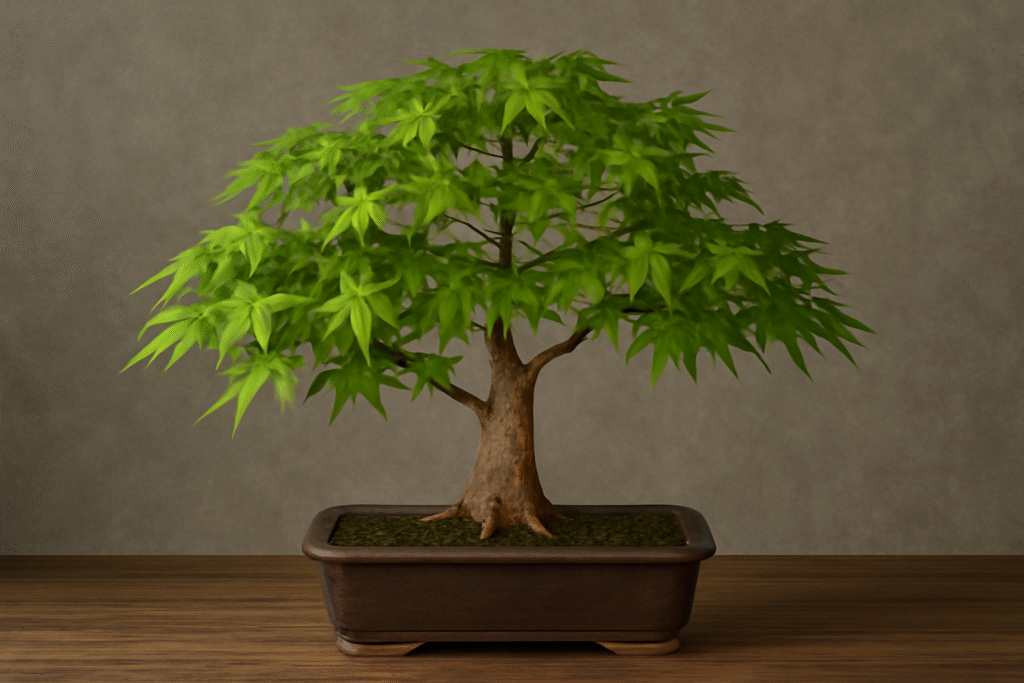
- Best for: Outdoor bonsai with seasonal display
- Scientific Name: Acer palmatum
- Growth Rate: Moderate to fast — 12–36 inches/year depending on climate and soil
- Time to Maturity: 3–7 years to initial styling; full maturity takes longer
- USDA Hardiness Zones: 5–8
- Why Choose It:
Revered for its vibrant red and orange fall foliage, the Japanese maple is ideal for bonsai artistry. Its fine branching and pliable stems make it excellent for shaping. According to the Missouri Botanical Garden, A. palmatum prefers slightly acidic, well-drained soil and consistent moisture.
6. Japanese Black Pine Bonsai (Pinus thunbergii)
- Best for: Outdoor bonsai exposed to full sun
- Scientific Name: Pinus thunbergii
- Growth Rate: Moderate; 6–18 inches/year
- Time to Maturity: 5–10 years with consistent training
- USDA Hardiness Zones: 5–8
- Why Choose It:
A quintessential bonsai species in Japan, the black pine features dark green needles and rugged bark. Its growth can be finely tuned using the traditional candle pruning method. This species is prized for creating visually aged, windswept, or formal upright styles.
Summary Table: Bonsai Growth Rates at a Glance
| Species | Scientific Name | Growth Rate | Maturity (Years) | Ideal Environment |
|---|---|---|---|---|
| Ficus Bonsai | Ficus retusa | 1–6 ft/year | 5–10 | Indoor |
| Juniper Bonsai | Juniperus procumbens | 6–12 in/year | 10–15 | Outdoor |
| Chinese Elm Bonsai | Ulmus parvifolia | 1–4 ft/year | 5–8 | Indoor/Outdoor |
| Jade Bonsai | Crassula ovata | 2–4 in/year | 15–20 | Indoor |
| Japanese Maple Bonsai | Acer palmatum | 1–3 ft/year | 3–7 | Outdoor |
| Japanese Black Pine | Pinus thunbergii | 6–18 in/year | 5–10 | Outdoor |
Tips to Grow Bonsai Tree Faster
While there’s no true shortcut to growing bonsai trees, you can optimize the growth process with these proven techniques:
1. Choose Fast-Growing Species
Selecting naturally fast-growing bonsai trees like ficus, maple, or pine will speed up your progress.
2. Root Pruning and Thinning
Don’t let your bonsai become root-bound. Prune roots carefully before the growing season—ideally every 2–3 years—to stimulate new growth. Use our lawn mowing and pruning cost calculator if you ever plan to see estimates.
3. Repotting
Repotting gives the roots fresh soil and room to expand. Younger trees need repotting more often (every 1–2 years), while older trees can go 3–5 years between repots.
4. Use Fertilizer
Feed your tree with a balanced bonsai fertilizer. Deciduous species should be fertilized weekly in spring and summer; conifers benefit from continued feeding even into early winter.
5. Watering Correctly
Watering is an art. Feel the soil—when it’s dry below the surface, it’s time to water. Use a spray nozzle or dunk method, but never let the roots sit in standing water.
6. Proper Sunlight and Location
Most bonsai thrive outdoors, exposed to seasonal changes. Only tropical species like jade or ficus can survive indoors year-round.
7. Trunk Development Techniques
Develop a strong, tapered trunk using methods like “cut-and-grow,” bending and wiring, or side branch expansion. A thick, well-aged trunk is the soul of a mature bonsai.
Indoor vs. Outdoor Bonsai: Know the Difference
- Indoor Bonsai: Typically tropical species (e.g., jade, ficus, schefflera). Require stable temperatures and humidity.
- Outdoor Bonsai: Hardy species (e.g., maple, pine, juniper). Need a cold dormancy period in winter and should not be kept indoors year-round.
Common Questions About Bonsai Trees
Can any plant be turned into a bonsai?
Not exactly. Bonsai trees must be woody-stemmed perennials that can grow true branches and survive root and crown pruning.
What is the easiest bonsai tree for beginners?
Ficus is widely recommended for beginners due to its resilience and tolerance of indoor conditions.
How do I tell the age of my bonsai tree?
You can estimate age by its trunk thickness, growth history, or by checking with the nursery if it was purchased.
Where can I buy bonsai trees?
Bonsai trees and pre-bonsai saplings can be found at nurseries, specialty bonsai shops, or online retailers.
Conclusion: Growing a Bonsai Tree Is a Rewarding Journey
Bonsai tree growth is a goal of many people who love it and want it to be in their spaces. It’s more of a beautiful journey that you have to pass without being impatient and inconsistent. If you are starting from bowing a seed, sapling, or a mature tree, bonsai can offer a great horticulture, artistry and mindfulness. With right specie and commitment to make it happen, you can think about tree growth plan, pot preparation, and maintenance plan for bonsai growth so you can see it growing in your space.
Pro: Use Tree Removal Cost Calculator to check average prices to cut down a tree.


